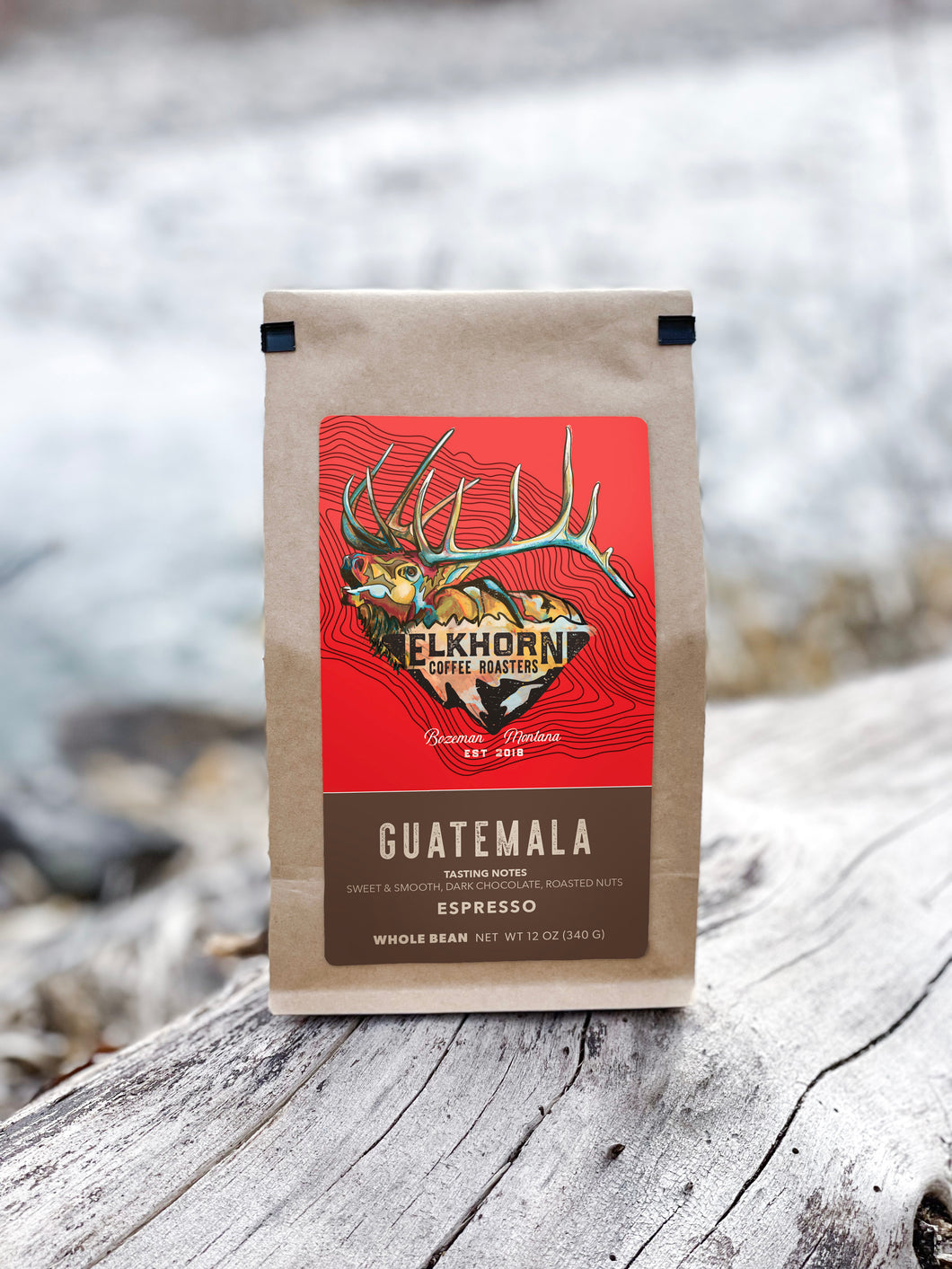SOE Single Origin Espresso – The Perfect Choice for Espresso Lovers
SOE Single Origin Espresso – The Perfect Choice for Espresso Lovers
Blog Article
Checking Out the Rich Flavors of Coffee Beans: a Deep Dive Into Coffee and Blended Coffee Beans
When you discover the rich flavors of coffee beans, you reveal an intricate globe where each variety brings its own personality to your mug. Comprehending the origins, refining techniques, and roasting strategies can change your coffee experience. As you browse with the art of espresso and the creative thinking behind combined coffees, you'll begin to value the nuances that make each sip one-of-a-kind. What you'll find next could alter the way you appreciate your early morning brew.
The Beginnings of Coffee Beans: Checking Out Terroir and Taste Profiles
When you take a sip of coffee, you're not just appreciating a drink; you're experiencing an abundant tapestry of flavors formed by the beans' origins. Each area produces special taste profiles influenced by dirt, climate, and altitude. Beans from Ethiopia usually burst with brilliant, fruity notes, while those from Colombia often tend to provide a well balanced, nutty sweet taste.
As you discover different origins, you'll see how terroir-- the environmental variables affecting a plant-- plays a vital function - Single Origin Espresso. The exact same coffee selection can taste drastically various relying on where it's grown
When you take into consideration these elements, you begin to value the intricacy behind your mug. Each sip narrates of the land and the farmers who supported the beans. Following time you delight, assume concerning the trip your coffee took before it reached your hands, and savor those complex tastes that reflect its origin.
Comprehending Coffee: The Art and Science Behind the Brew
When you think of coffee, it's not almost the strong flavor; it's additionally regarding the methods that bring it to life. Comprehending how various prep work techniques effect taste can transform your developing experience. Let's explore the complexities of espresso preparation and reveal the special flavor accounts that make each mug unique.
Espresso Preparation Strategies
Coffee preparation is both an art and a science, incorporating specific methods with a deep understanding of coffee. To start, you'll intend to select high-grade, fresh roasted beans and grind them finely for ideal removal (Single Origin Espresso). The grind dimension is essential; as well crude, and your coffee will be weak, as well fine, and it'll be bitter
The result must be a rich, luscious espresso with an attractive layer of crema on top. With method, you'll understand these techniques.
Taste Profiles Explained
The world of espresso supplies an abundant tapestry of taste accounts that can boost your coffee experience. Light roasts often display intense level of acidity and vivid flavors, while dark roasts present deeper, bolder tones.
Recognizing these accounts assists you select the ideal coffee for your taste buds. Trying out different blends can reveal surprising combinations. A well-crafted mix could integrate the brilliant notes of an Ethiopian bean with the abundant, chocolatey undertones of a Brazilian bean. Embrace the trip of uncovering coffee's varied tastes, and you'll transform your coffee ritual right into an interesting experience.
Processing Methods: Just How They Influence Flavor and Fragrance
While it may seem that the beginning of coffee beans is one of the most considerable factor in establishing their flavor and fragrance, the processing methods made use of post-harvest play a just as crucial function. You'll find that these approaches can substantially change the final preference profile of your mug.
For example, the washed procedure eliminates the fruit from the beans prior to fermentation, typically leading to a cleaner, brighter taste. On the other hand, the natural procedure leaves the fruit intact during drying out, leading to a sweeter, fruitier account.
Various other techniques, like honey handling, strike a balance, enabling some fruit mucilage to continue to be, offering a distinct intricacy.
Each handling technique connects with the beans' fundamental features, enhancing or muting details flavors and scents. So, when you drink that espresso or mixed coffee, bear in mind that the journey from cherry to cup is affected not simply by origin however additionally by how those beans were processed.
Roasting Methods: Opening the Complete Potential of Coffee Beans
Roasting methods are essential for revealing the full capacity of coffee beans, as they change raw, green beans into the aromatic, delicious coffee you appreciate. The choice of roasting method-- light, medium, or dark-- dramatically affects flavor accounts. Light roasts maintain the beans' natural acidity and fruity notes, while medium roasts balance sweetness and richness. Dark roasts, on the other hand, highlight strong, great smoky tastes.
You can experiment with roasting temperature levels and times to locate your perfect brew. A slower roast at reduced temperatures permits complex flavors to develop, while a quicker roast can heighten resentment. Take note of the fractures during toasting; the initial crack shows a light roast, while the second crack signals a dark roast. By mastering these techniques, you'll reveal a world of flavor, elevating your coffee experience to brand-new elevations. Appreciate every sip, recognizing the treatment that entered into your mug!
The Magic of Blended Coffee: Developing Unique Flavor Experiences
Creating a special flavor experience with combined coffee can change your morning ritual into an expedition of preference. By combining various beans from different areas, you can expose a symphony of tastes that elevate your cup to new elevations. Each blend deals an unique profile, balancing sweet taste, acidity, and body to develop something absolutely unique.
When you choose a mix, you're not simply choosing a coffee; you're selecting a trip across varied landscapes and cultures. Try out different mixes permits you to find your individual faves, whether you enjoy fruity notes or abundant, chocolatey undertones.

Tasting Notes: Identifying the Subtleties in Your Mug
As you sip your coffee, you might discover a range of flavors dancing on your taste, each revealing the complexities of the beans. You may taste the intense acidity reminiscent of citrus or the deep, rich notes similar to dark delicious chocolate. The sweet taste can stimulate honey or sugar, stabilizing the total account wonderfully.
Take note of the body of the coffee-- does it really feel light and ventilated, or is it complete and luscious? The coating, also, supplies ideas; a lingering aftertaste may hint at nuttiness or floral undertones.

Don't forget to explore the one-of-a-kind features of various beginnings, as each region passes on distinct tastes - Single Origin Espresso. For circumstances, Ethiopian coffees commonly present fruity notes, while Colombian beans might display an extra rounded sweetness. By identifying these subtleties, see this here you'll strengthen your recognition for every cup, elevating your coffee experience to brand-new heights

Developing Techniques: Optimizing Flavor Removal for each Bean
When you explore the different brewing approaches, you'll find that each technique can significantly affect the flavor profile of your coffee. From French press to pour-over, each technique extracts various compounds, boosting or muting certain notes. As an example, using a French press permits oils to remain in the brew, developing a richer taste, while pour-over emphasizes clearness and illumination.
Temperature and grind size additionally play vital duties. A coarser grind works best for cold brews, while a great grind is suitable for espresso. Explore water temperature level-- between 195 ° F and 205 ° F-- can expose surprise flavors, too.
Don't ignore steeping time; a quick removal can result in sour notes, while over-extraction might generate bitterness. By changing these variables, you can make the most of taste extraction and truly elevate your coffee experience. Take pleasure in the trip of uncovering what method finest fits your taste!
Frequently Asked Questions
What Is the Suitable Water Temperature Level for Developing Coffee?
The excellent water temperature for brewing coffee's between 195 ° F and 205 ° F. If you use water that's as well hot, you'll over-extract tastes; also cool, and you will not remove sufficient. Go for that sweet spot for the finest brew!
Exactly How Does Grind Size Affect Coffee Flavor?
Grind dimension considerably affects coffee flavor. Finer grinds extract more oils and tastes, leading to a bolder preference, while coarser grinds yield a lighter flavor. Adjusting grind dimension aids you attain your wanted coffee account.
Exist Wellness Conveniences Linked With Alcohol Consumption Coffee?

What Is the Difference In Between Arabica and Robusta Beans?
Arabica beans are smoother and sweeter, commonly including fruity flavors, while robusta beans are more powerful with a bitter preference and higher high levels of caffeine web content. You'll observe these differences in aroma and developing experience.
Exactly How Can I Store Coffee Beans for Quality?
To keep coffee beans for freshness, maintain them in an impermeable container, away from moisture, warm, and light. If you only grind what you need right prior to brewing., you'll maintain their taste longer.
Checking Out the Rich Tastes of Coffee Beans: a Deep Dive Into Espresso and Blended Coffee Beans.
When you discover the rich tastes of coffee beans, you uncover an intricate world where each selection brings its own personality to your cup.When you take a sip of coffee, you're not simply delighting in a beverage; you're experiencing a rich tapestry of tastes shaped by the beans' beginnings.Roasting techniques are necessary for exposing the complete potential of coffee beans, as they change raw, green beans right into the aromatic, delicious coffee you enjoy.As you sip your coffee, you could discover a range of flavors dancing on your taste buds, each disclosing the complexities of the beans.
Report this page